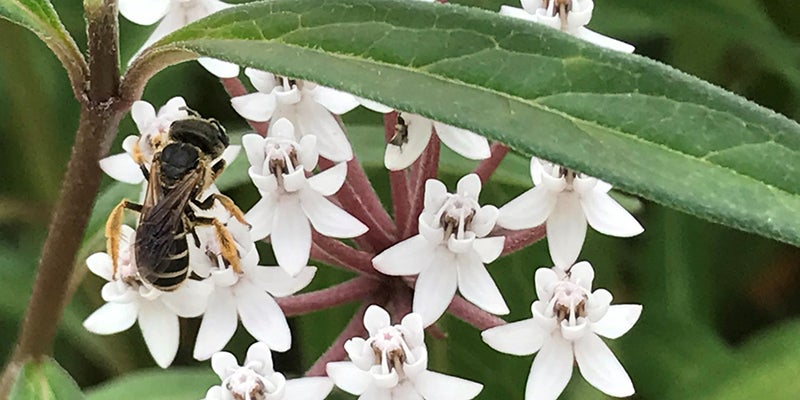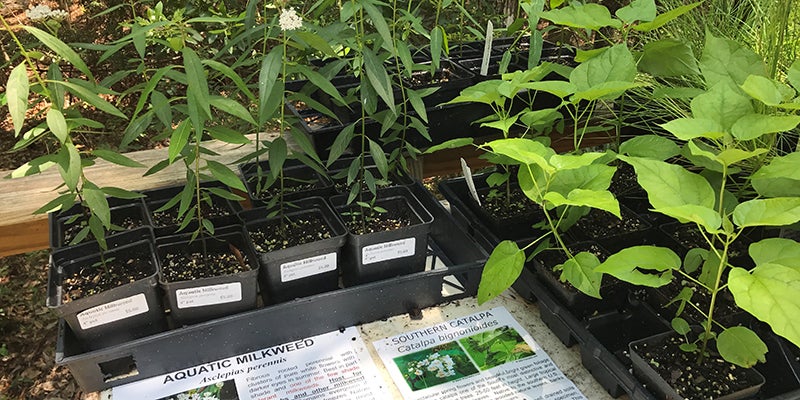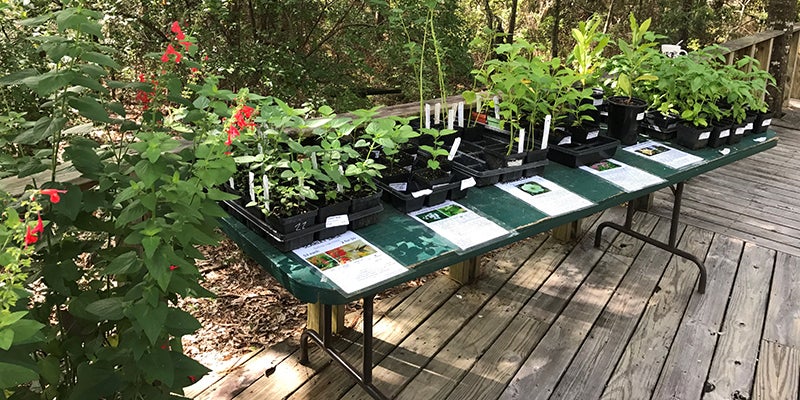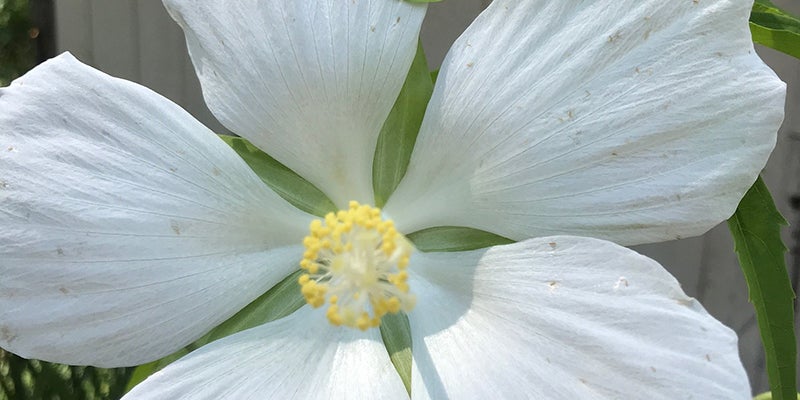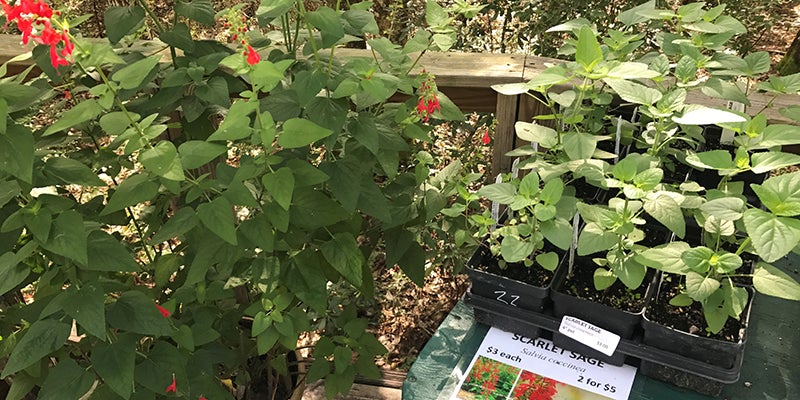Native species you will only need to plant once
Published 7:00 am Wednesday, July 15, 2020
By Patricia Drackett
Director of the Crosby Arboretum
The Crosby Arboretum recently announced a sale of select native plant species, located on the Visitor Center deck, as a result of a goal to grow and offer plants at other times of the year, not just during our annual fall and spring native plant sales.
The plants are mostly small sizes, easy to tote, and the majority are perennials in 4” containers, a great size to be planting quickly in these hot summer temperatures. These are not your typical perennials, but tried and true, high-performing, low-maintenance native species. Our hope is that when you take them home and locate them where they prefer to grow, it will be the last time you ever need to plant anything there!
Next to each of the groupings of plants you will find laminated sheets with profiles of each plant’s preferred light and moisture conditions, their usefulness such as whether they attract hummingbirds, butterflies, or other wildlife, and tips for where to locate them in your landscape. Take a picture of the profile sheet on your phone to refer to when you return home to plant.
Do you have wet areas in your yard? You may consider such areas as a shortcoming because they can be a challenge to mow, and also because it can be hard to find plants preferring wet sites in garden centers which tend to carry plants that perform best under average, well-drained site conditions.
Poorly drained garden beds are not a good home for more delicate plants such as annuals, which can die quickly due to a lack of oxygen to the roots, or from diseases that can develop on weakened plants. Many common garden shrubs, such as azaleas or camellias, are notorious for not liking “wet feet”. By contrast, there are many native plants that will prosper in wet or moist conditions.
The Crosby Arboretum is essentially an “outdoor laboratory” for species that like it wet! We have a range of moist to wet habitats, so pay us a visit to see the diversity of plants well-suited to these areas.
Who wants to be outside during summer’s sweltering temperatures with a hose sprinkling their garden bed? Take advantage of the fact that wet areas provide a continuous source of water for your plants over the summer months! Why not go “with the flow”? Research the plants you can choose to plant in your landscape that will prosper in your property’s unique set of environmental conditions, rather than choosing species that require continuous care throughout the year.
Have you heard of “rain gardens”? You can create areas that capture rainwater and then release it slowly into the landscape. Search the topic on the Extension website at https://extension.msstate.edu/ to learn how you can design these low-care garden beds.
Keep in mind that plants that prefer wet sites will differ in the amount of water they prefer. For example, some trees such as Southern magnolia or American beech prefer moist but well-drained soils, while trees like American holly, bald cypress and red maple can grow in heavy, poorly drained soils.
One dramatic and very easy-to-grow native perennial is red star hibiscus (Hibiscus coccineus). It is also known as Texas star hibiscus, or scarlet rose mallow. A white form of the plant is also available. This tall multi-stemmed perennial grows up to six feet tall and has mid to late summer blooms that can be six inches across. Use this towering, architectural plant in the back of your garden bed so that the plants in front will provide some cover when it dies back to the ground each winter.
Texas star hibiscus attracts butterflies and hummingbirds and prospers in sun to part shade and a range of moist habitats. It can even be submerged at the edge of a pool. Like many aquatic species, although it thrives in moist soils, it can also be grown in regular garden soil.
Two perennials currently featured in our deck sale that also attract hummingbirds and butterflies are scarlet sage (Salvia coccinea) and cardinal flower (Lobelia cardinalis). You will also find sweet Joe Pye (Eutrochium purpureum), a tall-growing perennial with purple flowers attractive to butterflies and pollinators, and several species of native milkweed. Fishermen will be happy to know we have some baby Catalpa trees – called “worm trees” because of the sphinx moth caterpillars that eat the leaves of this species which are used for bait. For a full list of plants currently in our “deck sale”, see our Facebook page!
For information on the Arboretum visit www.crosbyarboretum.msstate.edu<http://www.crosbyarboretum.msstate.edu>. The garden is open Wednesday through Sunday from 9 a.m. to 5 p.m. and located in Picayune, off I-59, Exit 4, at 370 Ridge Road.


